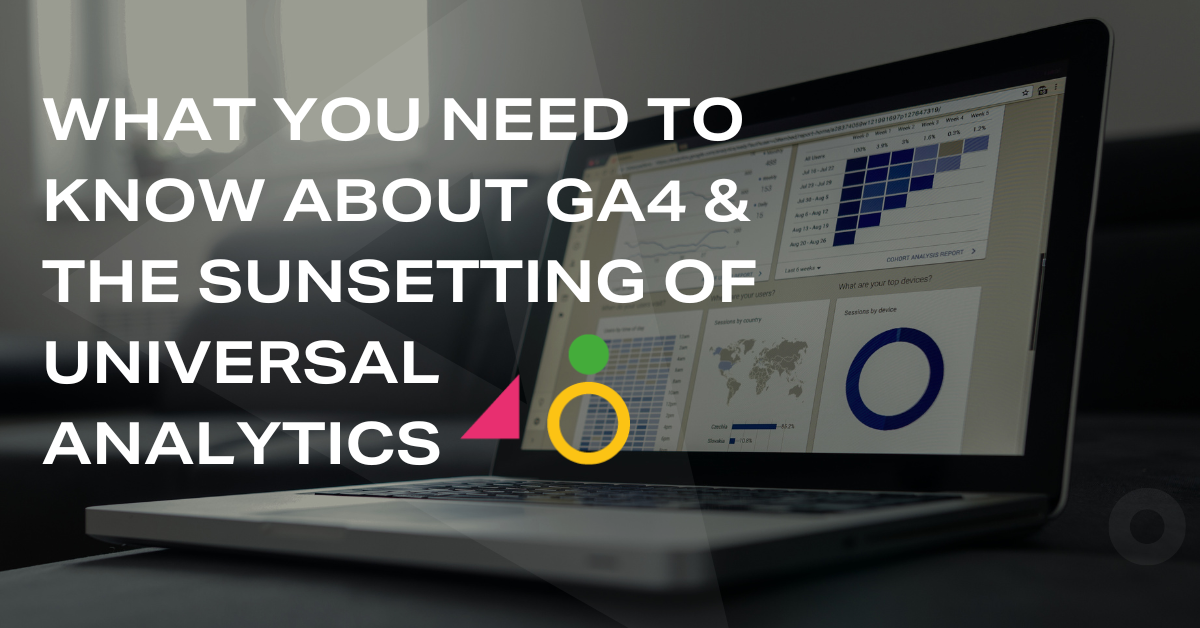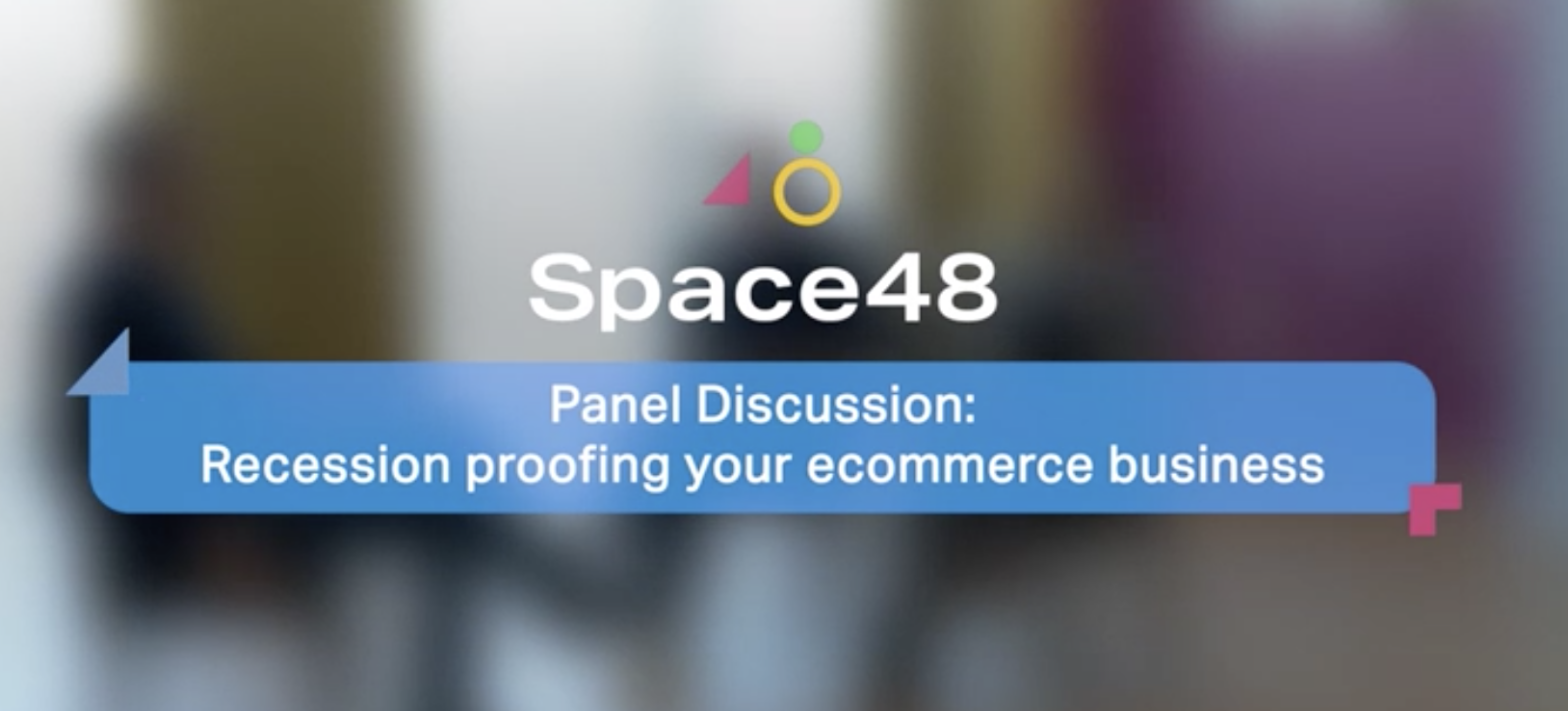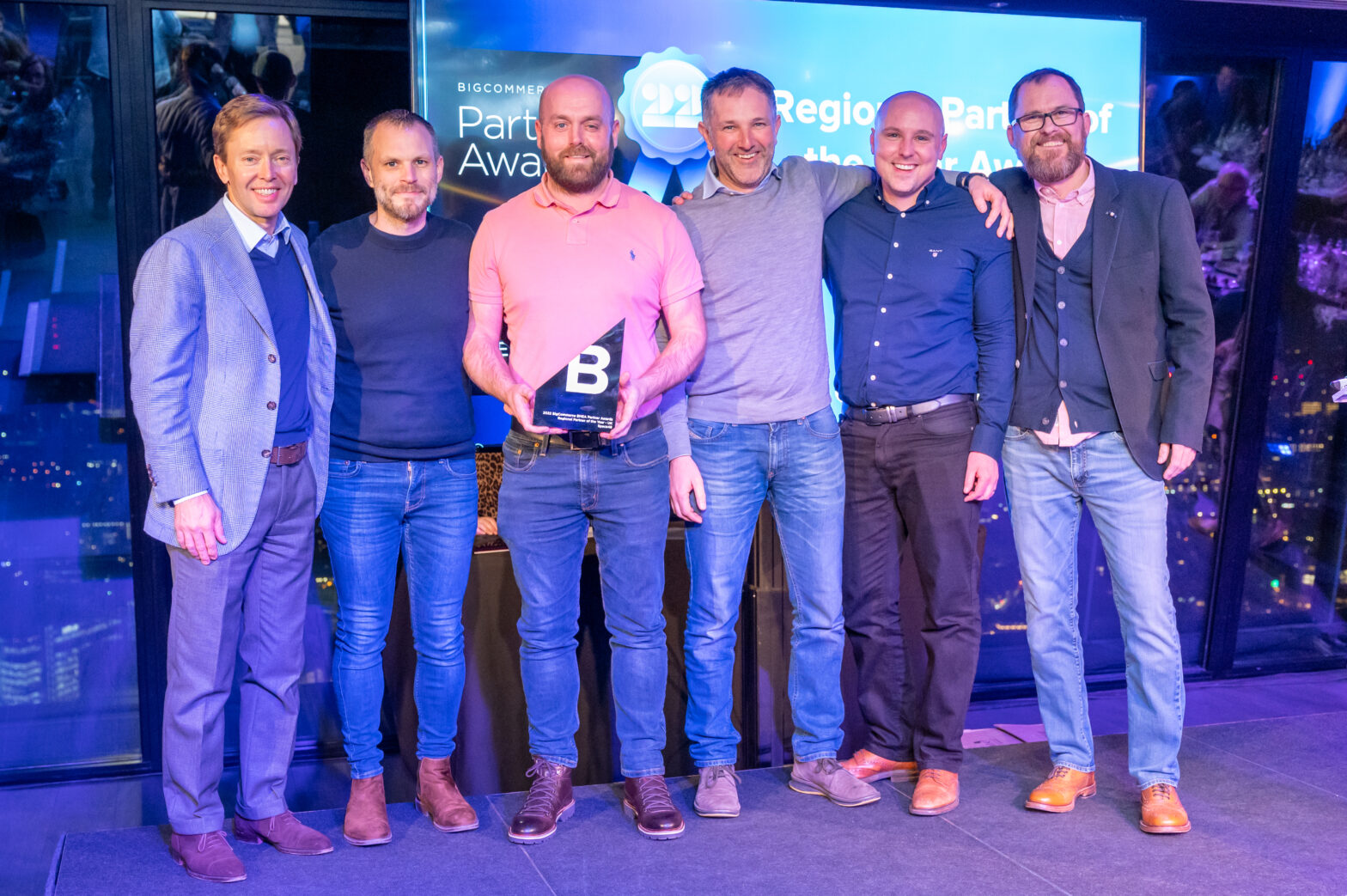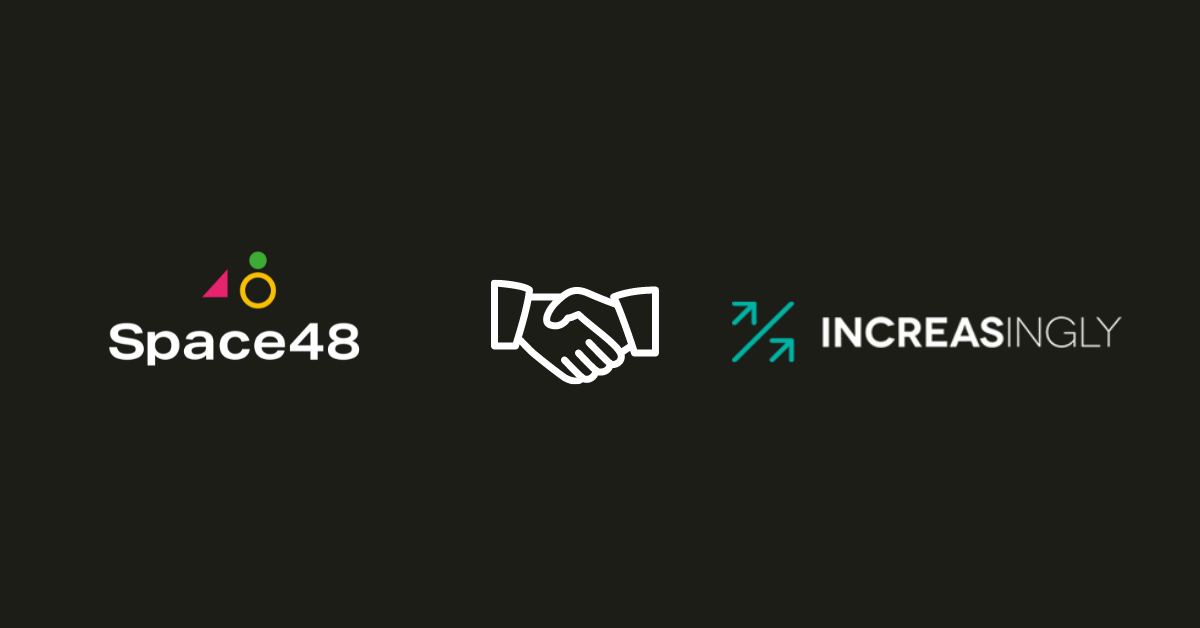
The ecommerce lifecycle and the three stages of growth
Looking to grow your business?
Here’s how we can help.
This article was first published in 2017, we have updated it on 8th February 2021.
As an ecommerce agency that has developed successful strategies for numerous well-known brands, Space 48 and its design, engineering and growth marketing teams have been through countless business growth journeys. Although there’s no one-size-fits-all formula for lasting success in retail, as every brand’s requirements and circumstances are unique, there are typical patterns and stages that online businesses go through which form an ecommerce lifecycle.
Space 48 founder Jon Woodall discusses his ecommerce lifecycle model, which he created to assess the stages that most ecommerce businesses go through and reveals how to maintain lasting growth with strategic solutions:
The three stages of the ecommerce business lifecycle
I have defined these following three stages, which are the most common lifecycle growth stages of ecommerce companies, as they move along their journeys:
- Stage 1 – Start-up & fast growth
- Stage 2 – Plateauing growth or consolidation
- Stage 3 – Renewed growth by implementing change (new platforms, features, resources/people or strategies)

In simple terms, these stages are akin to the way a gazelle jumps. There is a steep forward jump and then rest, before leaping forward again. The same goes for the growth patterns of ecommerce businesses; growing fast and then plateauing (resting).
Stage 1: Start-up & fast growth
Most ecommerce businesses go through an initial period of fast and in some cases unexpected growth. This is usually to do with the popularity of the product they sell or market demand rather than the implementation of their ecommerce platforms. Many businesses will choose platforms such as BigCommerce, Shopify or Magento. It’s important that your business stays agile and responds quickly to change.
You don’t want to get caught up in complicated systems or handcuffed by too much process. Brands often enjoy quick impact in this honeymoon period, before growth slows down and progression is halted by a kind of invisible ceiling. This sees businesses moving into the second stage of the ecommerce lifecycle, which is a growth plateau.
Stage 2: Plateauing growth or consolidation
I’ve found that many businesses reaching this second stage of the ecommerce lifecycle tend to panic and look for quick-fix solutions to perceived issues. You need to understand that it’s natural for there to be a levelling off of growth after the early spike. Once your business has gained traction, brand awareness and initial momentum, it’s time to reflect on your progress, analyse your data and gain key insights to make measured and strategic changes to your ecommerce website and your marketing.
It’s important for business owners to assign ample time and resources to research, to systemise and strategise to work out the best ways to move to the next level and start achieving renewed growth.
Stage 3: Renewed growth
As I mentioned, many business owners think that the solution to the issue of plateauing growth is a quick fix or a swift change of direction, which can be an ecommerce platform move or, perhaps, the recruitment of a new ecommerce manager.
This is not necessarily thinking strategically. A replatforming project might indeed be the answer – perhaps to a more advanced or modern ecommerce platform, like BigCommerce – but you need to make a clear business case (including extensive research and risk assessments) before deciding to migrate platforms. Check out Space 48’s golden rules of replatforming blog to learn more.
In this third stage of the ecommerce lifecycle, the attempts to reinvigorate your company’s momentum and growth should always be strategic. In my experience, the solution to plateauing growth may only require realigning your business goals with changing customer trends, keeping up-to-date with new technology and channel strategies.
Research and analysis is required to optimise processes and improve customer experience. This will steer your strategy. Research may reveal issues and you might find you need to replatform, but there needs to be sound reasoning behind decisions to implement technology and tools.
Summary
Getting to know these key stages of the ecommerce lifecycle will help you envisage your brand’s growth as a cyclical process, identify critical questions to ask at each stage and understand why an agile approach to ecommerce strategy is so crucial to lasting success. This ecommerce process bucks the trend of solving issues with quick fixes and quick wins, focusing instead on regularly revisiting and refreshing your ecommerce strategy for long-term results.
Space 48 is an ecommerce consultancy specialising in developing high performing websites across Magento, Shopify and BigCommerce. We have delivered award-winning results for many big-name brands.





